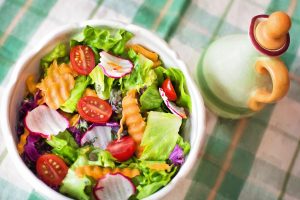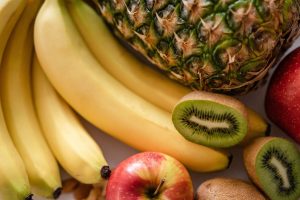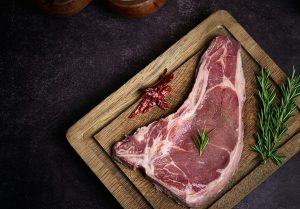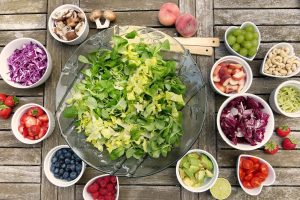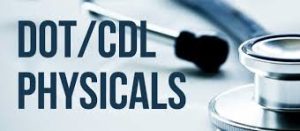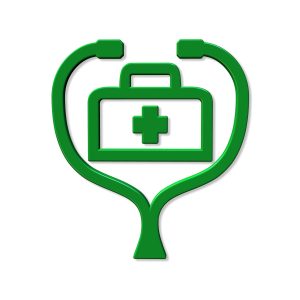When it comes to diet as a lady, there’s no one-size-fits-all approach. As women, our bodies have unique metabolic processes, hormonal cycles, and nutritional needs that must be considered when adopting a diet plan. If you’re looking to optimize your health, lose weight, or simply improve your well-being, this guide will walk you through everything you need to know about dieting as a lady. Whether you are trying to build muscle, lose fat, or just maintain a healthy lifestyle, the strategies outlined here will help you make the best decisions for your body.
Understanding Female Physiology: The Foundation of a Healthy Diet
Before diving into the specifics of dieting, it’s essential to understand how your body works and why women’s health needs differ from men’s. As a lady, you are likely familiar with the challenges of balancing hormones, managing weight fluctuations, and navigating societal expectations around body image. However, optimizing your health requires focusing on the science behind these changes, which can guide you toward the best nutritional choices.
You also may like to read this: Does Health Insurance Cover Eye Problems?
Key Factors Affecting Women’s Health and Dieting:
- Hormones and Menstrual Cycle: Your menstrual cycle impacts everything from hunger cues to the way your body stores fat. Understanding how to sync your diet with different phases of your cycle can improve energy, reduce bloating, and help you avoid weight-gaining pitfalls.
- Muscle Mass and Metabolism: Women generally have less muscle mass than men, which can make weight loss more challenging. However, this also means your calorie needs may be lower, and your diet should be adjusted accordingly.
- Nutrient Requirements: Women typically need more iron, calcium, and folic acid than men, especially during certain life stages such as pregnancy or menopause. It’s important to focus on nutrient-dense foods to support these needs.
How to Structure Your Diet as a Lady
The key to successful dieting is developing a plan that aligns with your unique health and lifestyle needs. Whether you’re aiming for fat loss, muscle gain, or maintenance, your approach should be tailored to your goals.
1. Prioritize Nutrient-Dense Foods
A diet rich in vitamins, minerals, and healthy fats is essential for maintaining energy, supporting hormonal balance, and boosting overall well-being. For example, leafy greens, lean protein, whole grains, and healthy fats (like avocado and nuts) are all great choices for keeping your body functioning at its best.
2. Adjust Calorie Intake Based on Goals
Your daily calorie needs depend on factors like age, activity level, and whether you are trying to lose, maintain, or gain weight. As women typically burn fewer calories than men, you’ll need to be more mindful of portion sizes to avoid overconsumption. Here’s a quick look at different calorie requirements:
| Goal | Calories per Day (Approximate) | Focus Areas |
| Weight Loss | 1,200 – 1,800 | Reducing calorie intake, focusing on lean protein and veggies |
| Weight Maintenance | 1,800 – 2,200 | Balanced meals, including healthy fats and protein |
| Muscle Gain | 2,200 – 2,800 | Higher protein intake, resistance training, sufficient calories to support muscle repair |
3. Balance Macronutrients
A balanced intake of carbohydrates, proteins, and fats is essential to keep your body nourished and energized throughout the day. You’ll want to adjust your macros based on your specific goals:
- For weight loss: A higher protein, lower carbohydrate diet can help with satiety and muscle preservation.
- For muscle gain: Increase protein and healthy fats while moderating carbs to fuel workouts and support muscle growth.
- For maintenance: A balanced approach works best, where carbs are included in moderation, but lean proteins and healthy fats still make up the bulk of your meals.
The Impact of Hormones on Your Diet
As a woman, your hormones play a significant role in your diet and nutrition. By understanding how your menstrual cycle impacts your body, you can make adjustments that optimize your energy levels and enhance fat loss or muscle gain.
Understanding Your Menstrual Cycle:
- Follicular Phase (Days 1-14): During this phase, estrogen is at its highest, and your body is more insulin-sensitive, making it a great time to focus on higher-intensity workouts and higher-carb meals.
- Ovulation (Day 14): This is when your energy levels are highest. You can handle more strenuous exercises and may feel more confident in pushing yourself further with your dietary choices.
- Luteal Phase (Days 15-28): Your body begins to crave more carbs due to changes in progesterone. You may experience increased appetite and cravings for sugary foods. It’s essential to nourish your body with wholesome carbs and fiber-rich foods to manage these cravings healthily.
Pros and Cons of Popular Diets for Women
Here’s a breakdown of popular diets that many women consider when looking to improve health or manage weight:
| Diet | Pros | Cons |
| Low-Carb (Keto, Atkins) | Effective for rapid weight loss, improves insulin sensitivity | Can be difficult to maintain, may lead to nutrient deficiencies |
| Intermittent Fasting | May improve metabolic health, promotes fat loss | Can disrupt hormone balance if done excessively, not suitable for everyone |
| Plant-Based Diet | High in fiber, antioxidants, and healthy fats | Can lack essential nutrients like iron, B12, and protein |
| Mediterranean Diet | Heart-healthy, rich in anti-inflammatory foods | Higher cost, requires access to fresh foods |
Tech Specs of a Balanced Diet for Women
| Nutrient | Recommended Daily Intake (RDI) | Sources |
| Protein | 46g-56g | Lean meats, eggs, legumes, fish |
| Calcium | 1,000mg (1,200mg for 51+) | Dairy, leafy greens, fortified plant milk |
| Iron | 18mg | Red meat, beans, lentils, spinach |
| Vitamin D | 600 IU | Sunlight, fatty fish, fortified foods |
Tips for Sustainable Weight Loss
If your goal is to lose weight, it’s crucial to adopt a sustainable approach that won’t leave you feeling deprived or frustrated. Here are some strategies for success:
- Set Realistic Goals: Start with achievable targets, such as losing 1-2 pounds per week. Rapid weight loss is often unsustainable and can lead to muscle loss.
- Exercise Regularly: Include both strength training and cardiovascular exercises in your routine. Strength training helps build muscle, which increases metabolism and burns more calories.
- Focus on Whole Foods: Prioritize whole, nutrient-dense foods over processed options. This will help regulate hunger and ensure you’re getting essential vitamins and minerals.
- Stay Hydrated: Drinking enough water supports metabolism and aids in fat loss. Aim for at least 8 cups of water a day.

